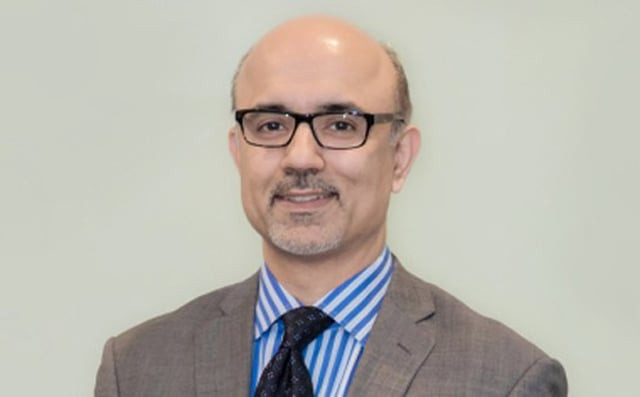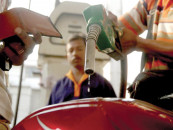With robust demand, microfinance market grows 35-40% annually
FINCA Bank CEO says Pakistan is among top five countries doing well in microfinance

FINCA Microfinance Bank CEO Mudassar Aqil. PHOTO: finca.pk
The sector, which has crossed Rs100 billion in the outstanding loan portfolio with 4.5 million active borrowers, is looking to expand and reach 10 million borrowers by the year 2020.
Khushhali Bank to open 10 new branches
FINCA Microfinance Bank Chief Executive Officer Mudassar Aqil said the microfinance market in Pakistan was expanding at an average of around 35-40% annually and the ratio could further increase in coming years. “Five years ago, the microfinance market was not even half of what it is today,” said Aqil in an interview with The Express Tribune.
Total market size is estimated at around 27 million borrowers, of which the microfinance sector has 4.5 million borrowers.
“Based on these statistics, the sector has just tapped one-sixth of the total market, however, it is looking to touch gross loan portfolio of 10 million (borrowers) by 2020,” he said. Scaling up to 10 million requires funding of another Rs200 billion including Rs50 billion capital injection by 11 microfinance banks currently operating in Pakistan. Another 44 microfinance lending institutions are also working side-by-side with the banks.
Aqil said recent performance of the microfinance sector had attracted many international lenders and they were injecting capital into Pakistan’s microfinance market. “Pakistan currently is ranked among top five countries in the world, which are performing exceptionally well in microfinance.”
As far as FINCA is concerned, it has recorded a growth of 83% in deposits in 2016 and its ratio of advances is around 92%.
“The ratio of advances in commercial banks is less than 50% whereas the average ratio of advances in the microfinance sector stands above 80%,” Aqil said, boasting that the advances ratio of a couple of banks had even surpassed 100%. Talking about interest rates for the microfinance sector, which are usually higher than those of commercial banks, averaging around 30%, Adil said the reason behind that was higher administrative cost coupled with the deposit cost.
“Administrative cost to deliver a loan ranges between 12% and 22%; on an average a microfinance bank bears 16% administrative cost and 8% deposit cost,” he said, adding normally the bank was left with a little margin after bearing at least 24% cost in delivering a single loan.
“We need to take a small margin to make the operations commercially viable; we cater to at least 300-400 borrowers against a single loan of Rs1.5-2 million, which a commercial bank gives to only one small and medium enterprise; the small loan size adds up to our administration cost as we have to cater to the needs of far-flung areas at micro level,” he said.
Microfinance investment company to be set up
According to Aqil, a microfinance bank normally needs at least three to four years before it actually starts making profits.
FINCA remained in loss for five years before it made profits. In calendar year 2015, the bank posted after-tax profit of Rs166.7 million. In the first nine months of 2016, its net earnings stood at Rs302.4 million.
Once the scale of the industry expanded and the sector achieved economies of scale by utilising digital financial inclusion properly, interest rates would start declining, believed Aqil. He said microfinance banks were much better than loan sharks who charged much higher interest rates from the segment of society which the microfinance sector was targeting.
The writer is a staff correspondent
Published in The Express Tribune, March 13th, 2017.
Like Business on Facebook, follow @TribuneBiz on Twitter to stay informed and join in the conversation.



















COMMENTS
Comments are moderated and generally will be posted if they are on-topic and not abusive.
For more information, please see our Comments FAQ